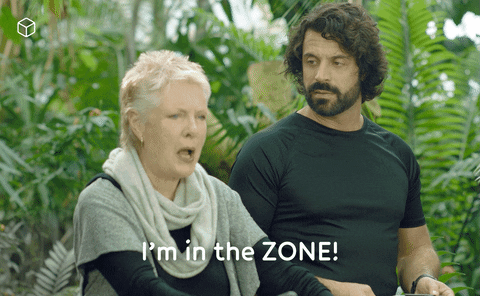User Interviews for UX Research – Why Record and Transcribe
Brands need to pay attention to providing a good user experience (UX). Did you know that bad user experience accounts for 70% of customers abandoning their shopping carts? A few examples of poor UX can range from slow loading speed, confusing navigation, and incompatibility with mobile devices. This is where UX researchers can lend a […]

Brands need to pay attention to providing a good user experience (UX).
Did you know that bad user experience accounts for 70% of customers abandoning their shopping carts? A few examples of poor UX can range from slow loading speed, confusing navigation, and incompatibility with mobile devices.
This is where UX researchers can lend a hand.
You will be in charge of collecting and analyzing data to help shape the product design process.
There are different ways to conduct UX research, and one of the common methods is user interviews.
But, what can you do to make each user interview successful?
You can be conducting a couple of interviews in a day, and each participant may have valid points to share.
When interviewing users, it is sometimes difficult to remember what was said during the interview. You might be tempted to jot down notes during the interview. Yet, it may not be as efficient as you expect it to be.
Before you sit down for your next interview session, we’re sharing with you the benefits of recording them and having them transcribed later.
Benefits of Recording and Transcribing UX Research
Stay Focused
Interviewing someone requires a lot of mental flexibility.
In addition to asking relevant questions, you may be looking for ways to make the interview as natural as possible.
If you don’t want to miss anything, you may find yourself writing everything down at the same time.
To help you focus on the discussion, you can record your interview and have it transcribed later on. Note that before you do this, make sure that you have your participant’s consent.
When you record your interview, you’re confident that you won’t forget any details. Ultimately, this will help you to remain focused throughout the interview.

Analyze Your Recordings Efficiently
When you record your interviews, it will be easier for you to revisit sessions notes.
The problem arises if you have a lot of files to watch or listen to repeatedly. This becomes time-consuming and counterproductive.
With that said, identifying the key points of an interview may be difficult without a transcript.
It’s best to consider having your recordings transcribed. Transcripts can fill in the gaps when you cannot recall what was said during the interview.
Need to review your recording? You can use the timestamps to scan and jump to the corresponding time in the video.
Develop Your Research Skills
Aside from analytical skills, an ideal UX researcher needs to have soft skills and understand human behavior.
With the help of transcripts, it will allow you to evaluate your own interviewing style.
For example, did you phrase questions in a way that can influence the participant’s answer? Bias questions may lead to bias interviews.
As you review the transcript, you can take note of how you can ask questions better and run your succeeding interviews effectively.
Collaborate Effectively
Your willingness to collaborate with your fellow researchers will help prevent interviewer bias.
As a team, you can analyze the raw data to come up with an objective insight. However, reviewing it as a time can pose a challenge when you’re working remotely.
If you are sending an audio or video recording, add transcripts to help them understand it more easily.
When everyone in the team has a copy, it will be easier to edit and highlight key points to produce a solid report.

Improve the Quality of Reports
Have you found usability errors nobody else has noticed? Could users be confused about the different pricing plans? Perhaps, there is a feature that was intended to increase conversions but ended up doing the opposite.
Thanks to your user research, you found issues that need attention.
Rather than your conclusion alone, you can use the transcripts to back up your report.
You can take direct quotes from the interview to create graphs or mix quantitative analysis and qualitative data to make a solid report.
DIY vs. Manual vs. Automatic transcription
Once you practice recording your interviews, the next step you should consider is how they will be transcribed.
When transcribing your interviews, you have the option to do it yourself or get a reliable transcription service.
Transcribing files yourself is ideal if you’re not dealing with large files. If you have the luxury of time and would be keen to transcribe interview recordings yourself, you may do so.
To be effective in this task, it’s best to have the right skills and tools.
On the other hand, you can’t beat the convenience of outsourcing your transcription tasks to professional transcription services like Scribie.
Most of the time, transcription services offer automated and manual transcriptions.
If you’re eager to get the transcripts, say within 30 minutes, you can order automated transcriptions and edit the transcript later on.
Manual transcription services get the job done more effectively in large files, speakers with accents, and challenging audio quality like background noise.
As a result of Scribie’s four-step process, you can be confident the transcripts you will receive will be of high quality and require little to no editing on your end.
Over To You
The benefits of recording your user interviews are too essential to be ignored.
You can get insights from participants by asking the right questions and engaging in sessions.
Later on, your organization can use the recordings and transcripts to design a solid user experience for your audience.
Let Scribie take care of your transcription needs so that you can focus on crafting substantial reports and prepare for your next session.
Is there a user interview recording you need to be transcribed? Upload your file now.
Comments (0)
No comments yet. Be the first to share your thoughts!